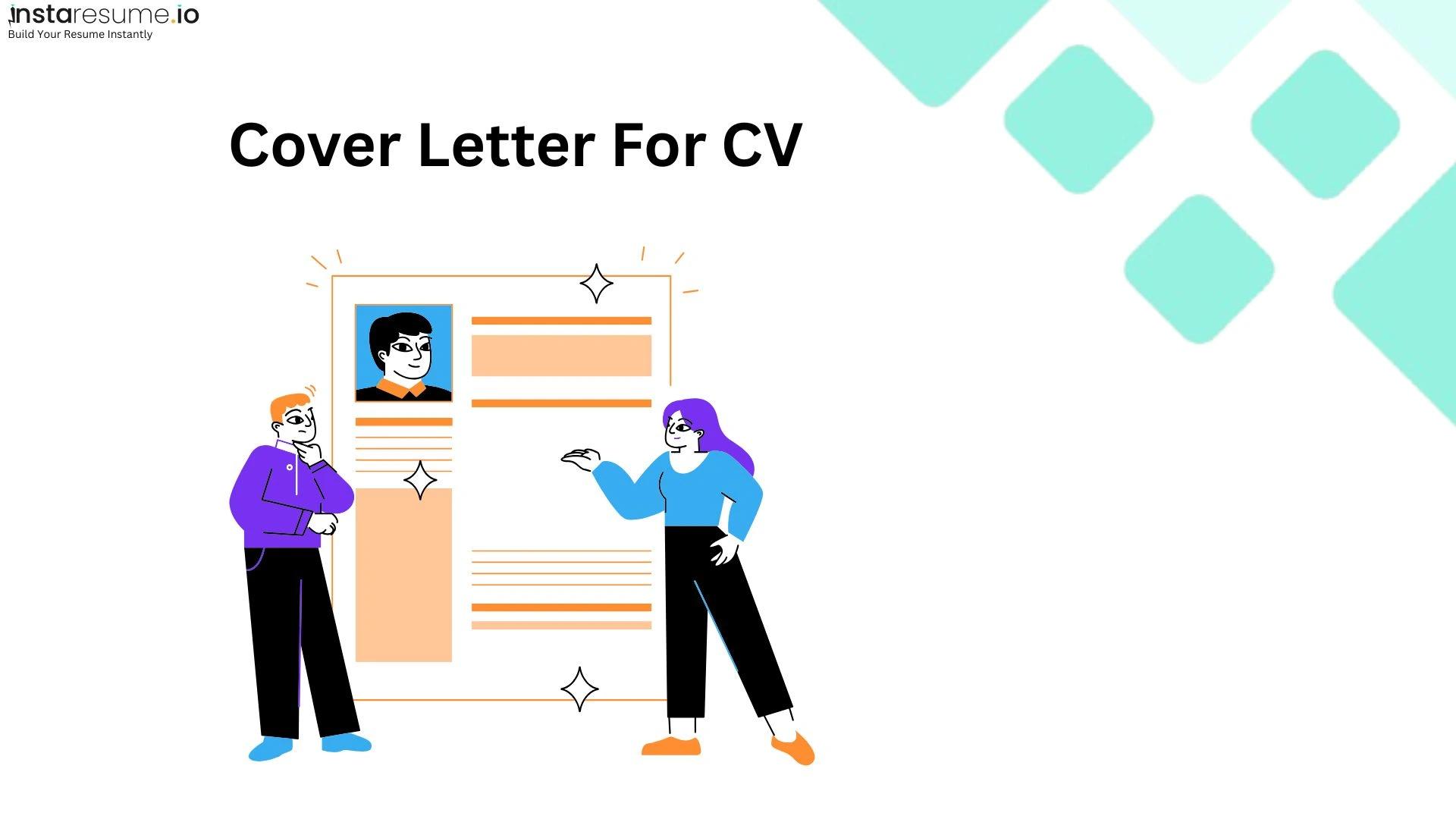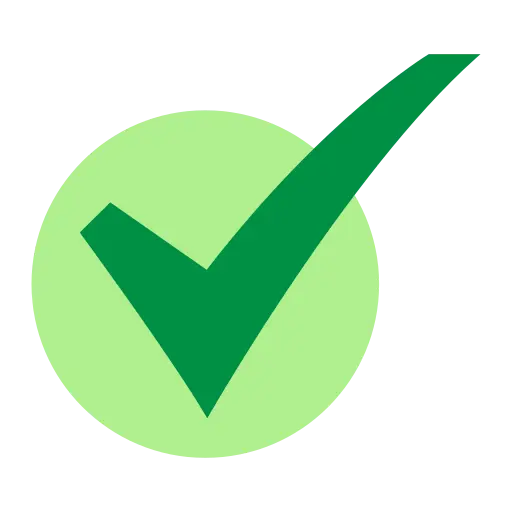Cover letter for CV
Trust Score: 4.8
351 reviews

Table of Contents
While your CV highlights your professional qualifications, a well-written cover letter is what brings your story to life. It bridges the gap between your resume and the role you're applying for, offering recruiters context, clarity, and confidence in your application. In this blog, we'll guide you through how to write a compelling cover letter for your CV, explain what to include, and provide an example you can tailor for your own use.
What Is a Cover Letter for a CV?
A cover letter is a one-page document submitted alongside your CV (Curriculum Vitae) when applying for a job. While the CV lists your qualifications, skills, and work history in detail, the cover letter explains why you’re the right fit for the position. It gives you the opportunity to express your interest in the role, highlight relevant accomplishments, and show how your background aligns with the company’s goals or values.
Whether you're applying for a corporate job, academic role, or internship, most employers expect a personalized cover letter unless the job post states otherwise.
Why Do You Need a Cover Letter With Your CV?
Here’s what a well-written cover letter can do that a CV cannot:
 Demonstrate your enthusiasm for the job or company
Demonstrate your enthusiasm for the job or company Address specific requirements mentioned in the job description
Address specific requirements mentioned in the job description Explain employment gaps or career changes in a positive light
Explain employment gaps or career changes in a positive light Show off soft skills like communication, leadership, or teamwork
Show off soft skills like communication, leadership, or teamwork Offer a call to action—such as requesting an interview
Offer a call to action—such as requesting an interview
Simply put, your cover letter gives your CV context and adds a human touch to your application.
How to Write a Cover Letter for CV
1. Start With a Header
Include your name, phone number, email address, and location. Follow that with the employer’s name, designation (if known), company name, and company address.
2. Use a Professional Greeting
If you know the hiring manager’s name, address them directly (e.g., “Dear Mr. Carter”). If not, use a general greeting like “Dear Hiring Manager.”
3. Write a Strong Opening Paragraph
Mention the job you’re applying for and how you heard about it. Add a brief statement summarizing why you’re a strong candidate.
4. Highlight Your Relevant Skills
In the body of your letter, choose 2–3 accomplishments or experiences from your CV that align with the role. Provide context and measurable impact if possible.
5. Show Why You're a Good Fit
Express why you’re interested in this particular company. Mention values, goals, or projects that align with your interests or experience.
6. End With a Clear Closing
Thank the employer for their time and consideration. Politely express your interest in an interview and sign off professionally.
Need help crafting it? Use our AI-powered cover letter generator to get a custom draft in seconds. Also check our AI Resume builder and other products we offer such as Tailor your resume and ATS friendly resume score.
Tips for Matching Your CV and Cover Letter
 Use the same header and font style across both documents for consistency.
Use the same header and font style across both documents for consistency. Don’t copy-paste sections from your CV—your cover letter should add value, not repeat.
Don’t copy-paste sections from your CV—your cover letter should add value, not repeat. Customize your letter for each job application to make it more relevant.
Customize your letter for each job application to make it more relevant. Keep it to one page only, ideally under 350 words.
Keep it to one page only, ideally under 350 words.
Want your CV to match the quality of your letter? Try our resume builder with pre-made templates and expert suggestions.
Final Thoughts
A strong cover letter for your CV helps you stand out in a competitive job market. It personalizes your application, highlights your strongest qualifications, and shows employers you care about the opportunity. When done right, it could be the difference between getting shortlisted or getting overlooked.
Need help getting started? Use our free cover letter generator and match it with a professionally designed CV template to impress recruiters with both form and content.






